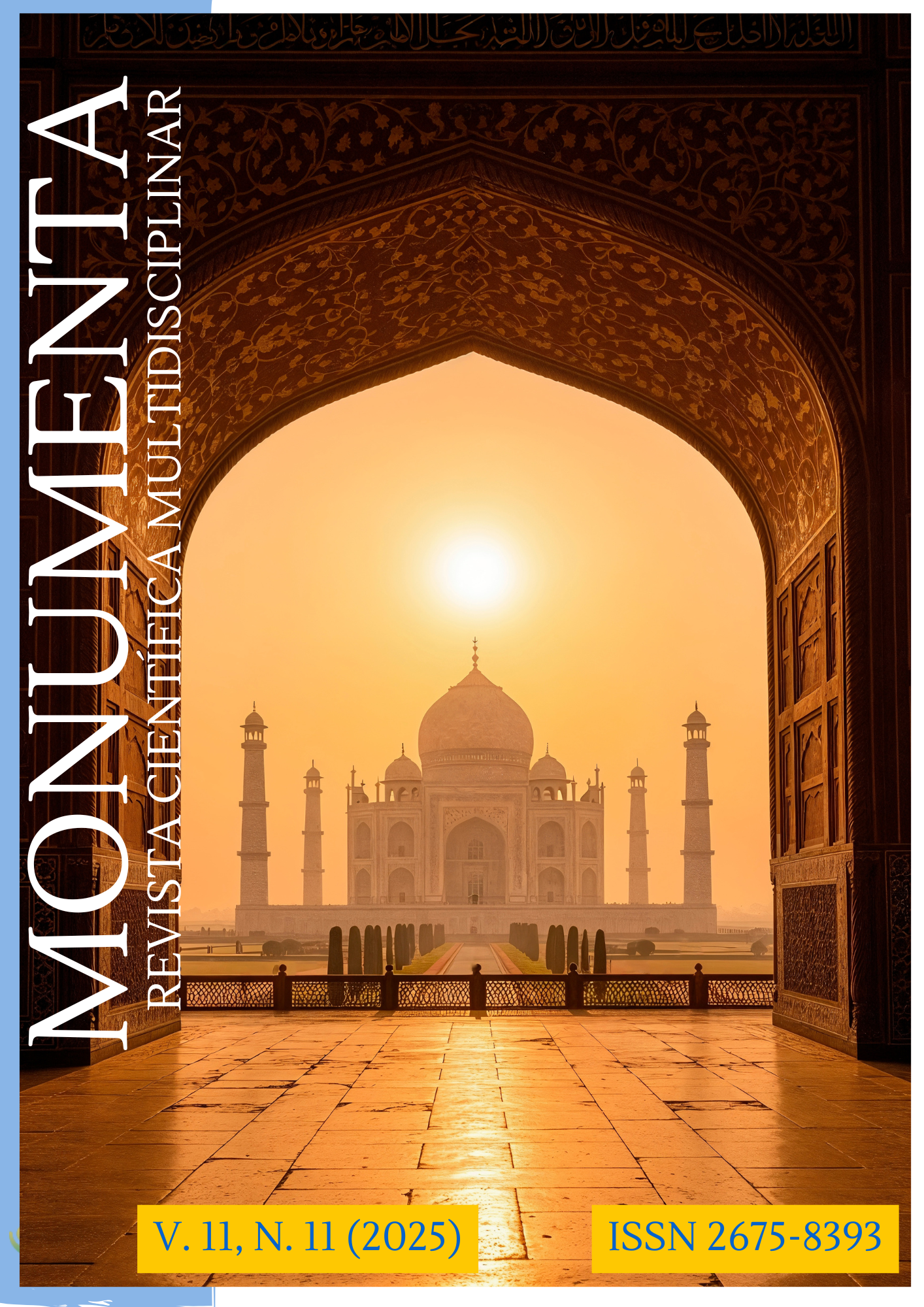The expansion of slum in the Eastern metropolitan area of Rio de Janeiro
DOI:
https://doi.org/10.57077/monumenta.v11i11.282Keywords:
Urbanization, Metropolization, Space, FavelaAbstract
The article analyzes the process of uneven urbanization in the eastern metropolitan region of Rio de Janeiro, focusing on the municipality of São Gonçalo. The introduction highlights the regional and population importance of the city, which stands out as a representative scenario of metropolitan slumification. The central objective is to understand the relationship between real estate speculation, agents producing urban space, and the expansion of favelas, taking the Chumbada favela as a case study. The methodology is based on a bibliographic survey, analysis of IBGE data, maps, and technical documents. In the development, the theoretical basis is articulated with authors such as Santos, Lefebvre, and Corrêa to discuss how capitalism shapes urban space, promoting socio-spatial segregation. The article details the role of transportation, industrialization, and the selective action of the State as key factors in the formation of the city and the exclusion of lowincome populations. A historical and spatial analysis of São Gonçalo demonstrates how peripheral urbanization is marked by self-construction and lack of infrastructure. It concludes that urbanization in São Gonçalo is the result of the capitalist logic of land valuation, contributing to the advance of slums and consolidating an unequal urban space, where public investments primarily benefit the economic elites.


